When shopping for ski gear, knowing how to spot bias in reviews can save you time, money, and frustration. Here’s the deal: not all reviews are created equal. Some are promotional, others are outdated, and many miss the mark when it comes to newer products like short skis or skiskates. If you’re looking for honest, useful reviews, here’s what you need to know:
- Watch for promotional bias: Overly positive reviews without criticism are often sales pitches. Look for balanced feedback.
- Check transparency: Are sponsorships or affiliate links disclosed? Honest reviewers will tell you upfront.
- Match your needs: Focus on reviews from people with similar experience levels and goals. A beginner’s review of Snowfeet won’t help a pro skier, and vice versa.
- Details matter: Testing conditions, terrain type, and snow quality in the review are key to understanding performance.
- Look beyond big brands: Many traditional sites favor long skis and snowboards, often ignoring compact gear like Snowfeet.
Quick Tip: Verified purchase platforms (like Snowfeetstore.com) and community forums (like Reddit’s r/skiing) often provide more candid insights than traditional review sites.
A Ski Guide Reviews the Arcteryx Litric Airbag 2024/2025

How to Spot Bias in Ski Review Websites
When browsing ski review sites, it’s smart to keep an eye out for subtle biases. Some platforms tend to lean more toward conventional gear, often overlooking newer, less traditional options like Snowfeet*. Knowing how to spot these patterns can help you make smarter choices.
Red Flags in Promotional Content
If a review is packed with over-the-top praise but lacks any constructive criticism, it’s likely more of a sales pitch than an honest evaluation. Genuine reviews usually provide a balanced take, pointing out both the pros and the cons.
Another clue? Reviews that skip over pricing or value for money. A trustworthy review will cover how well a product performs for its cost, giving you a sense of whether it’s worth the investment.
Beware of vague, generic compliments like "top-notch quality" or "amazing performance" without any real examples to back them up. These kinds of statements don’t give you much insight into what the product actually offers. Similarly, if a review uses outdated criteria and ignores key features - like the portability and versatility of Snowfeet* - it might not be very helpful.
Finally, watch out for reviews loaded with affiliate links, especially if there’s no clear disclosure about commissions or sponsorships. Transparency is key. If a reviewer is upfront about partnerships, you’re more likely to get an honest take.
To dig deeper, it’s also worth checking the reviewer’s background to ensure their evaluations are reliable.
How to Evaluate Reviewer Credibility
Good reviews don’t just talk about the product - they also explain the testing conditions. Details like the type of terrain, snow conditions, and how long the product was tested can make a big difference in understanding if it’s right for you.
Think about the reviewer’s expertise too. A professional ski instructor might focus on high-performance skis, while someone reviewing Snowfeet* might approach things from a more casual, everyday perspective. Matching the reviewer’s background with your own experience level can help you find reviews that feel more relevant.
Transparency is another big one. Honest reviewers will tell you upfront if they received free products or sponsorships, helping you gauge any potential bias.
Lastly, reviews that compare multiple products often give you a broader perspective. If a reviewer only talks about big-name traditional ski brands and skips over innovative options like Snowfeet*, it could suggest they’re sticking to industry loyalties rather than giving an unbiased opinion. Look for reviews that take a more comprehensive approach.
How to Find Reliable Ski Reviews
Once you know how to spot bias, the next step is finding reviews that genuinely help you make smart buying decisions. The best reviews go beyond marketing buzz and share real-world experiences backed by thorough testing.
What Makes a Ski Review Trustworthy
A solid review gives you the full picture by detailing its testing conditions. Look for specifics. Did the reviewer test Snowfeet* on groomed trails, in deep powder, or even in their backyard? Were the snow conditions icy, slushy, or perfect? How many days did they spend using the product? These details matter more than vague statements.
Balanced feedback is another must. Honest reviews highlight both the highs and the lows. For example, a reliable Snowfeet* review might rave about their portability and how easy they are to learn, but also mention that they require a different technique compared to traditional skis. If a review only gushes or only complains, it’s probably missing something.
Pay attention to reviews that include real usage scenarios. The most helpful ones come from people who’ve used the product in their everyday routines. These reviews often explain how Snowfeet* performed in various situations, like on ski slopes or during casual backyard fun.
"If you're looking for something light, fun, and practical for the slopes – something that saves you time and nerves – Snowfeet are an awesome choice. Whether you're a parent, a beginner, or just looking for a new twist on skiing – you're going to have fun with these." - Jakub F., Verified Buyer, Snowfeetstore.com
Photos and videos can also add credibility. Seeing the product in action - especially in different conditions - makes a review feel more trustworthy than plain text.
Now, let’s dive into where to find these detailed reviews for compact gear like short skis and skates.
Finding Good Reviews for Short Skis and Skates
Most traditional ski review sites focus on long skis, so when it comes to compact options like Snowfeet*, you’ll need to dig into different sources.
Start with verified purchase platforms. A great example is Snowfeetstore.com, where over 5,500 verified customer reviews (with an impressive 4.9 out of 5 average rating) are available through Judge.me. These reviews come from actual buyers, which makes them especially reliable.
Look for reviews that mention diverse testing environments. The best ones come from users who’ve tried Snowfeet* in multiple settings - like ski slopes, hiking trails, or even their own backyards. For instance, in March 2025, Scott Dooiey from North Las Vegas shared how much fun he had using Snowfeet 50 CM at the age of 69.
Community forums and Reddit are also treasure troves for honest opinions. Subreddits like r/skiing and r/ski feature discussions where users share personal experiences and ask questions about Snowfeet*. These platforms often provide more candid insights than formal review sites.
Check the dates of reviews and seasonal trends. Recent feedback from winter seasons gives you the most up-to-date information on product performance. Between August 2024 and January 2025, verified buyers consistently left detailed reviews on Snowfeet's official site. For example, Danielle D. from Melbourne described Snowfeet 38 CM as "Easy and fun".
Third-party review aggregators like Tenereteam.com can also provide valuable perspectives. These sites compile feedback from various sources. For example, Tenereteam.com rates Snowfeet at 4.5 out of 5 based on reviews from July and August 2024. While these platforms might have fewer reviews, they often consolidate helpful insights.
Finally, pick reviews that match your needs. If you’re new to skiing and want something easier to learn, focus on beginner reviews. If you’re a seasoned snowboarder looking for a fresh challenge, search for feedback from experienced riders who’ve switched to compact gear like Snowfeet*. Their portability and accessibility make them a great option compared to traditional equipment.
sbb-itb-17ade95
Snowfeet* vs Traditional Ski and Snowboard Brands

Let’s dive into a comparison of Snowfeet* and traditional ski gear. While reviews of traditional ski brands highlight their high-speed mountain performance, Snowfeet* focuses on simplicity, versatility, and fun in a variety of snowy environments.
Main Differences and Benefits
Traditional ski brands like Rossignol, K2, and Burton are known for producing longer, heavier equipment that excels on the slopes. Their reviews often spotlight features like excellent edge grip on icy terrain, smooth float in deep powder, and stability at high speeds - perfect for adrenaline-filled downhill runs on challenging mountains.
Snowfeet*, on the other hand, offers a completely different experience:
- Ease of Use and Versatility: Snowfeet* works with your regular winter shoes and can be used on slopes, trails, or even in your backyard. No need for specialized footwear or gear.
- Quick Learning Curve: Traditional skis can take weeks to master, but Snowfeet* users often feel confident after just one session.
- Compact and Portable: Unlike bulky traditional setups that demand roof racks or large storage bags, Snowfeet* fits neatly into a backpack.
- Budget-Friendly: A full traditional ski setup, including skis, bindings, boots, and poles, can cost anywhere from $800 to $1,200. Snowfeet* Mini Ski Skates start at just $150, making them a far more affordable way to enjoy the snow.
Side-by-Side Comparison: Snowfeet* vs Traditional Skis
Here’s how Snowfeet* stacks up against traditional skis and snowboards in terms of what matters most to casual winter sports lovers:
| Feature | Snowfeet* | Traditional Skis/Snowboards |
|---|---|---|
| Learning Time | Comfortable after one session | Often requires weeks or months |
| Portability | Fits in a backpack | Requires roof racks or large bags |
| Footwear | Works with winter shoes/boots | Needs specialized ski/snowboard boots ($200–$500) |
| Terrain Flexibility | Suitable for slopes, trails, and backyards | Best for ski resorts |
| Storage | Fits on a closet shelf | Needs a garage or basement |
| Total Cost | $150–$690 for a full setup | $800–$2,000+ for a complete setup |
| Travel Friendly | Small enough for carry-on | Often requires checked baggage |
When reading reviews, it’s helpful to note what the reviewer values most. Traditional ski reviews often focus on technical specs like edge angles and camber profiles - details that might not matter much to casual users. In contrast, Snowfeet* reviews tend to emphasize usability: How quickly can you pick it up? Does it work well on different types of snow? Can you use it beyond the slopes?
Another area where Snowfeet* stands out is maintenance. Traditional skis typically require regular waxing, edge tuning, and sometimes professional servicing. Snowfeet* products, however, are low-maintenance - just basic cleaning and an occasional strap replacement, and you’re good to go.
While traditional skis are perfect for mountain enthusiasts chasing high-performance thrills, Snowfeet* is all about accessible, everyday winter fun.
Finding Reviews That Match Your Needs
Now that you know Snowfeet* offers more flexibility compared to traditional gear, it’s time to find reviews that align with what you’re looking for. Not all reviews are equally helpful, so it’s important to focus on ones that match your specific needs and experience level.
How to Search for the Right Reviews
When searching for reviews, think about how you plan to use Snowfeet*. Use specific search terms like "Snowfeet* Mini Ski Skates review" or "short ski beginner experience" to narrow down results. Pay close attention to the reviewer's background - are they a beginner, or do they have years of experience? This can give you a better sense of how relevant their feedback is to your situation.
It’s especially helpful to look for reviews from users with experience similar to yours. Reviews that discuss the learning curve or skill requirements can be invaluable. For example, feedback from an experienced skier who’s tried Snowfeet* is often more insightful than a review from someone completely new to snow sports. These details can help you set realistic expectations and better understand how the gear will perform for you.
By focusing your search this way, you’ll see why Snowfeet* is praised for its simplicity, portability, and versatility - qualities that traditional equipment doesn’t always prioritize. Next, think about how your local conditions might influence your experience with Snowfeet*.
Factor in Your Local Conditions and Preferences
When reading reviews, prioritize ones that reflect the type of snow and terrain you’ll encounter. If you deal with a mix of powder and hardpack, look for reviews where Snowfeet* was tested in similar settings.
Terrain also matters. Snowfeet* is designed to handle a variety of surfaces, from groomed slopes and snow parks to hiking trails and even backyards. If your main focus is tricks and jumps, seek out reviews that highlight performance in those areas, rather than ones centered on downhill carving.
Your intended activities should guide your review selection, too. Snowfeet* products cater to a range of uses - downhill skiing, tricks, jumps, or just casual snow fun. For example, the 38cm Mini Ski Skates are great for beginners or lighthearted backyard play, while the 65cm Skiblades are better suited for snow park adventures. Reviews that evaluate Snowfeet* in conditions similar to yours - whether it’s for local hills, mountain trails, or compact spaces - will give you the clearest picture of what to expect.
The best reviews often come from people whose situations align with yours. If you’re in Minnesota and plan to use Snowfeet* for backyard fun or small hills, a review from someone with a similar setup will be far more helpful than feedback from someone testing them on advanced terrains. Matching your needs to the right reviews ensures you’ll get the most out of your Snowfeet* experience.
Conclusion: Making Smart Choices with Ski Reviews
Using the strategies we've covered, you can sift through biased reviews and find the genuine insights you need. Taking a critical approach to ski reviews helps you pick gear that actually works for you, instead of falling for flashy marketing claims. The tips shared here are all about cutting through the noise and focusing on honest, useful feedback that leads to smarter decisions.
Key Takeaways
- Evaluate the source carefully. Look out for promotional language, missing credentials, or overly glowing ratings. Reliable reviews usually come from people sharing real experiences - both the good and the bad.
- Focus on reviews that match your needs. If you're thinking about trying Snowfeet* Mini Ski Skates for casual backyard fun, prioritize feedback from users who’ve done the same. Reviews from advanced mountain skiers probably won’t give you the most relevant insights.
- Consider the reviewer’s background. Someone switching from traditional 170cm skis to Snowfeet* products will have a very different perspective than a first-time skier. Aligning the reviewer’s experience with your own can help you interpret their feedback more effectively.
These points highlight how Snowfeet* and similar gear are shaking up the winter sports world.
Snowfeet* stands out for its simplicity and versatility, offering practical options for everyday winter fun. Unlike traditional brands that often focus on complex, specialized equipment, Snowfeet* products cater to those seeking straightforward, adaptable solutions. Reviews that emphasize these benefits underline why short skis and skiskates are gaining traction with modern winter sports enthusiasts.
Why Short Skis and Skiskates Are Changing the Game
Traditional skiing often comes with hefty costs - gear, lessons, lift tickets, the works. Snowfeet* flips this script by offering lightweight, portable, and easy-to-use gear that works with your regular winter boots. No need for expensive resort trips or specialized equipment.
The shift toward shorter skis represents a fresh way of thinking about winter sports. While traditional ski companies focus on long, specialized skis, Snowfeet* proves that smaller gear can better meet the needs of many users. Take the Snowfeet* Mini Ski Skates (just 38cm long), for example. They’re compact enough to fit in a backpack, letting you enjoy the snow anywhere - from a local park to your own backyard.
What’s more, Snowfeet* products are designed to be intuitive and easy to learn. This is a stark contrast to the often steep learning curve of traditional long skis, which can feel clunky and take significant time to master.
The future of winter sports is all about gear that’s accessible, portable, and, above all, fun. As more people discover the freedom and ease that Snowfeet* products bring, traditional ideas about winter sports equipment are being reimagined. By staying critical of reviews and choosing gear that suits your lifestyle, you’re setting yourself up for a more flexible and enjoyable winter season.
FAQs
How can I tell if a ski review favors traditional ski brands over innovative options like Snowfeet?
To spot bias in ski reviews, keep an eye out for language that unfairly dismisses newer options like Snowfeet as being too basic or less effective. Some reviews might lean heavily on praising the prestige or complexity of traditional skis while brushing aside the perks of Snowfeet - like their affordability, portability, and ease of use.
Look for reviews that offer balanced comparisons. If a review skips over Snowfeet’s standout features - such as their lightweight build, beginner-friendly setup, or ability to handle different terrains - it might not be giving the full picture. Spotting these patterns can steer you toward reviews that better align with what you’re looking for and underscore why Snowfeet could be a great pick for winter sports fans.
What should I look for to trust a ski review website?
To decide if a ski review website is worth trusting, look for signs of credibility and openness. Does the site share who wrote the reviews? Do they explain how they test products? Are they upfront about any partnerships or sponsorships? These are all green flags. Also, reliable sites tend to showcase a mix of opinions rather than just glowing praise.
Be wary of reviews that feel like sales pitches. For instance, when comparing Snowfeet to traditional skis or snowboards, genuine reviews will often point out Snowfeet's standout features - like how easy they are to carry, how simple they are to use, and how beginner-friendly they are. These perks make Snowfeet a fun and approachable choice for anyone wanting to try something different on the slopes.
Where can I find trustworthy reviews for compact ski gear like Snowfeet, especially since most sites focus on traditional skis?
For trustworthy reviews on compact ski gear like Snowfeet, the best place to start is the Snowfeet official store. There, you'll find verified customer feedback that shares real-world experiences with their products. Another excellent resource is Judge.me, where actual buyers provide detailed insights about their purchases.
You can also explore YouTube videos and dive into discussions on forums like Reddit or SkiTalk. These platforms often feature firsthand accounts and comparisons, especially for gear like Snowfeet, which might not get much attention on traditional review sites. They’re perfect for figuring out how Snowfeet products measure up against standard skis or snowboards, helping you choose the right fit for your style and needs.







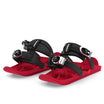
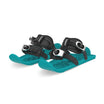












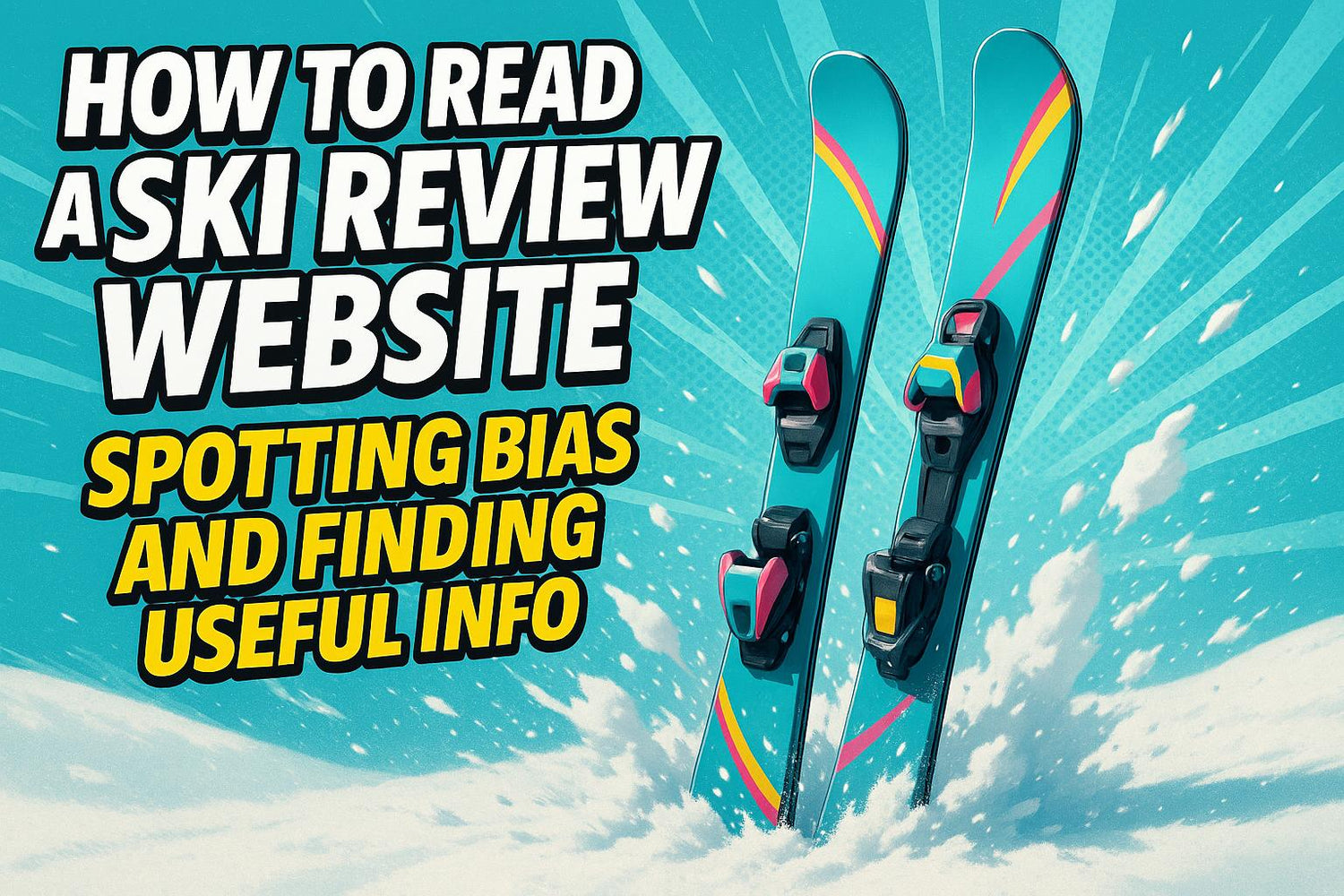
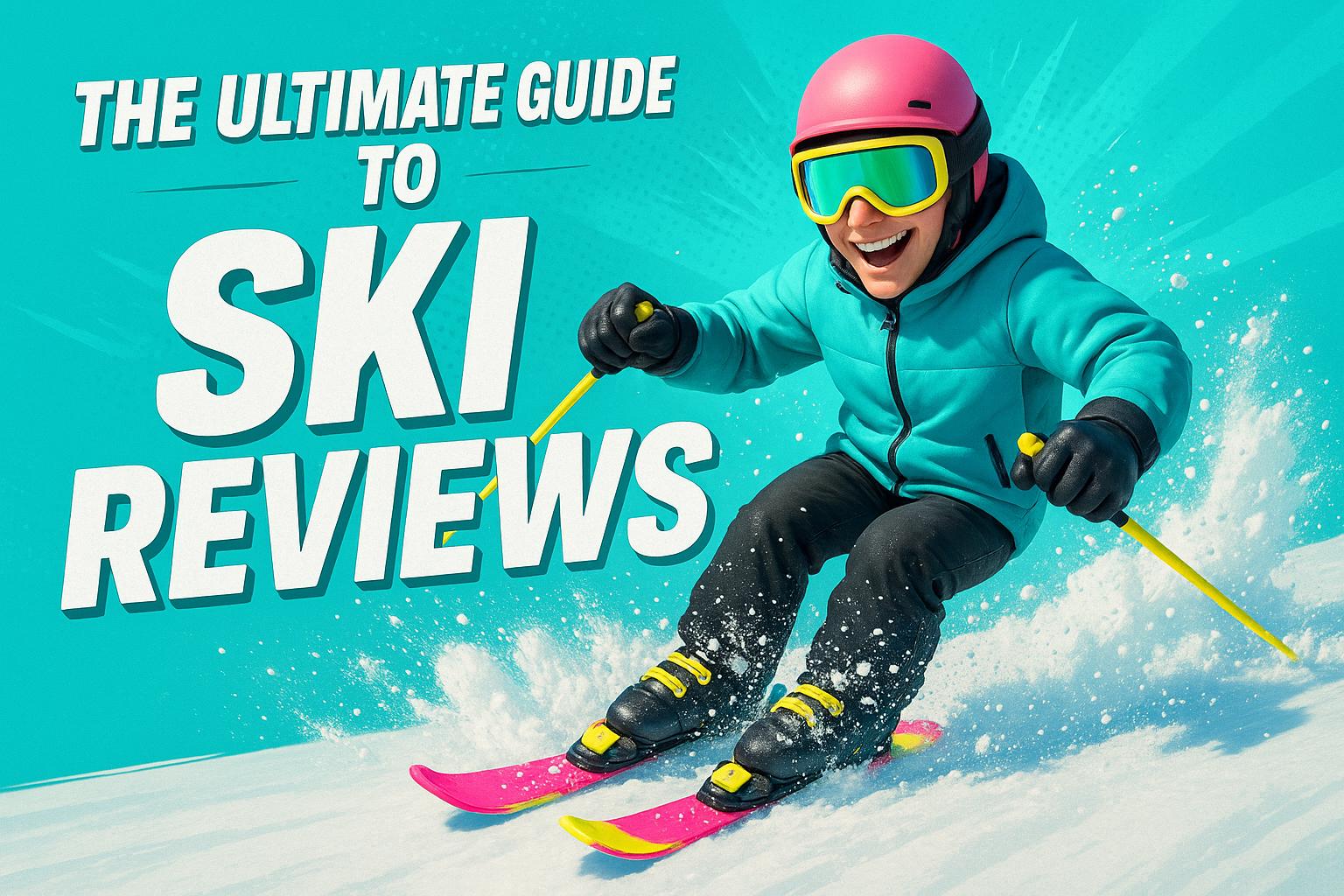
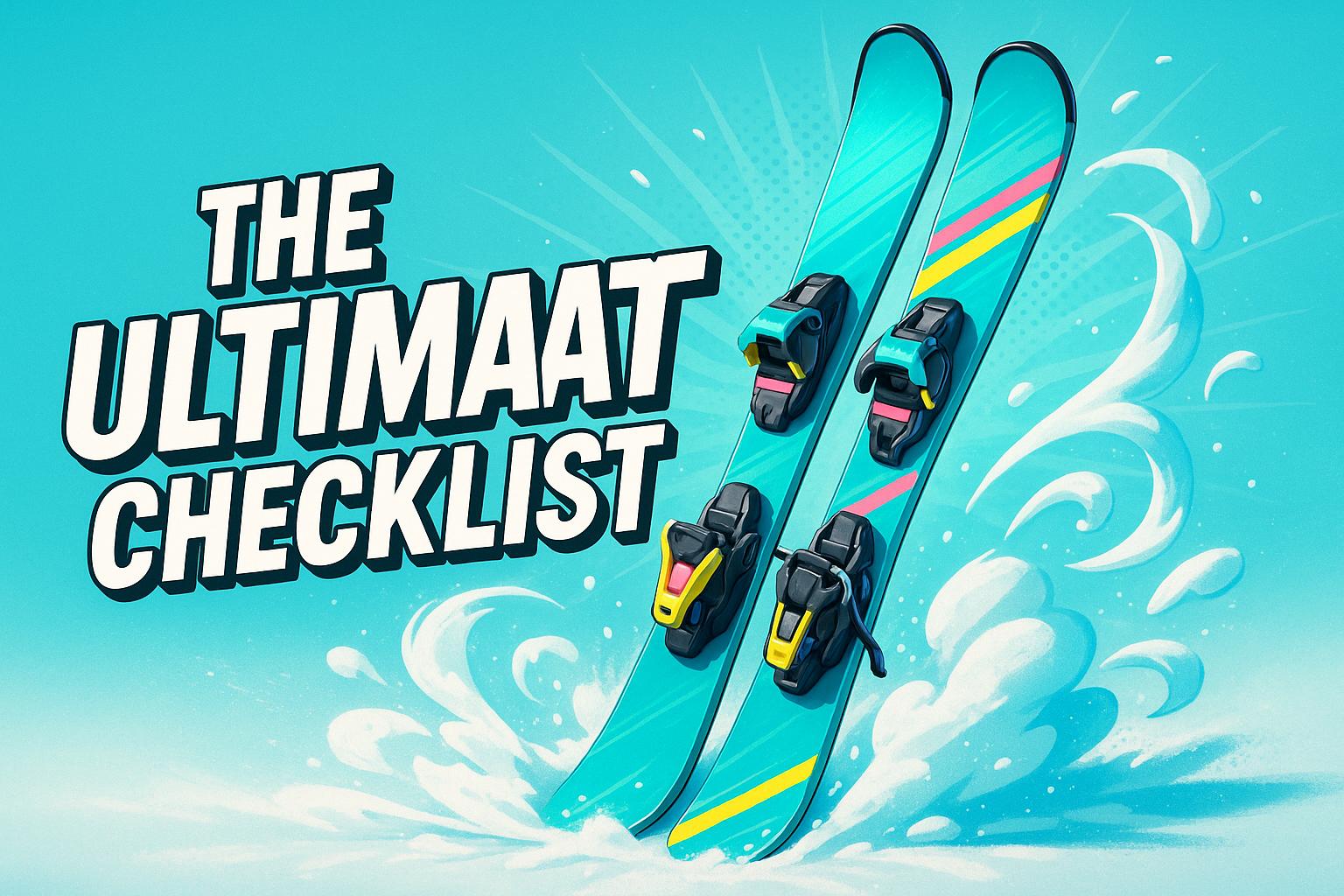




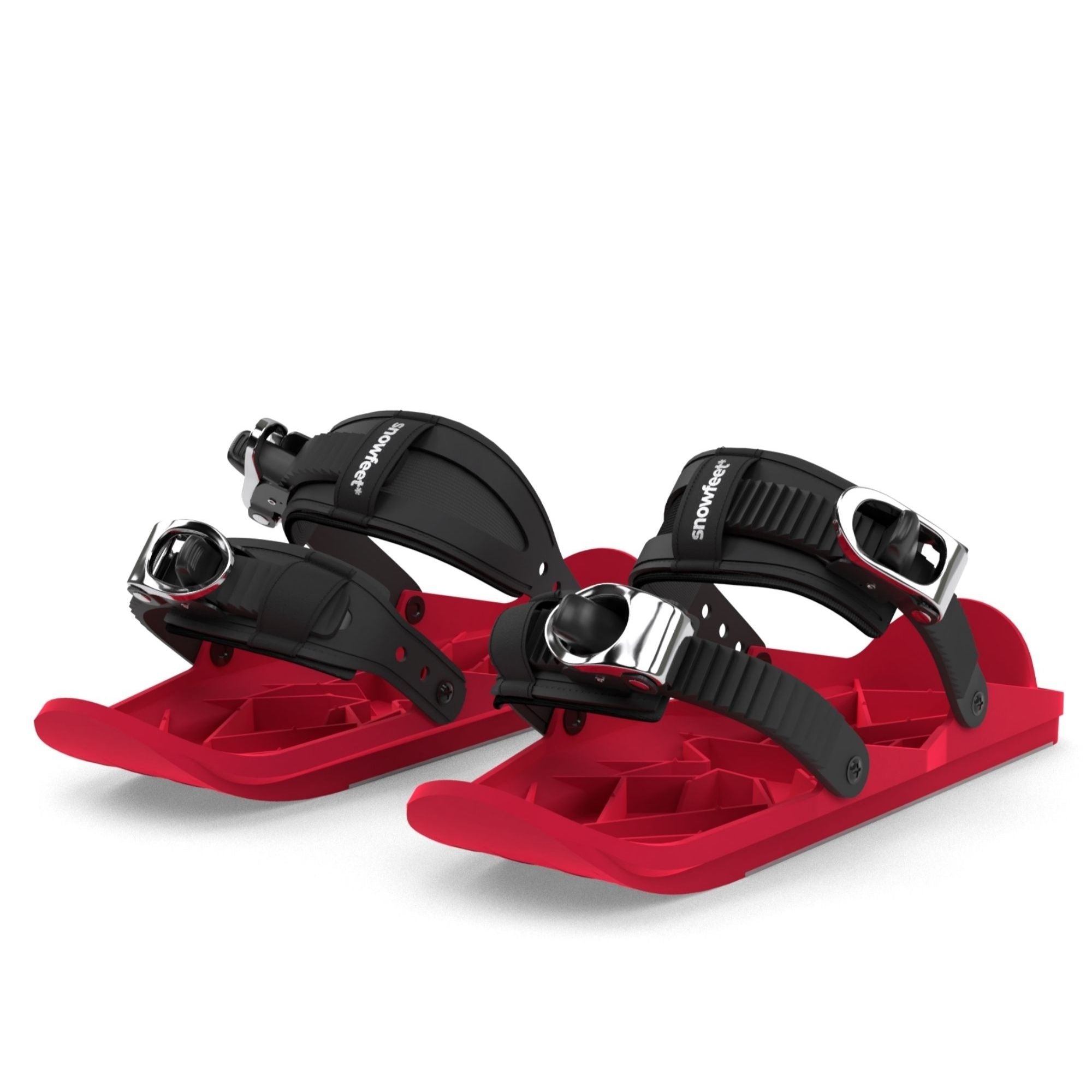
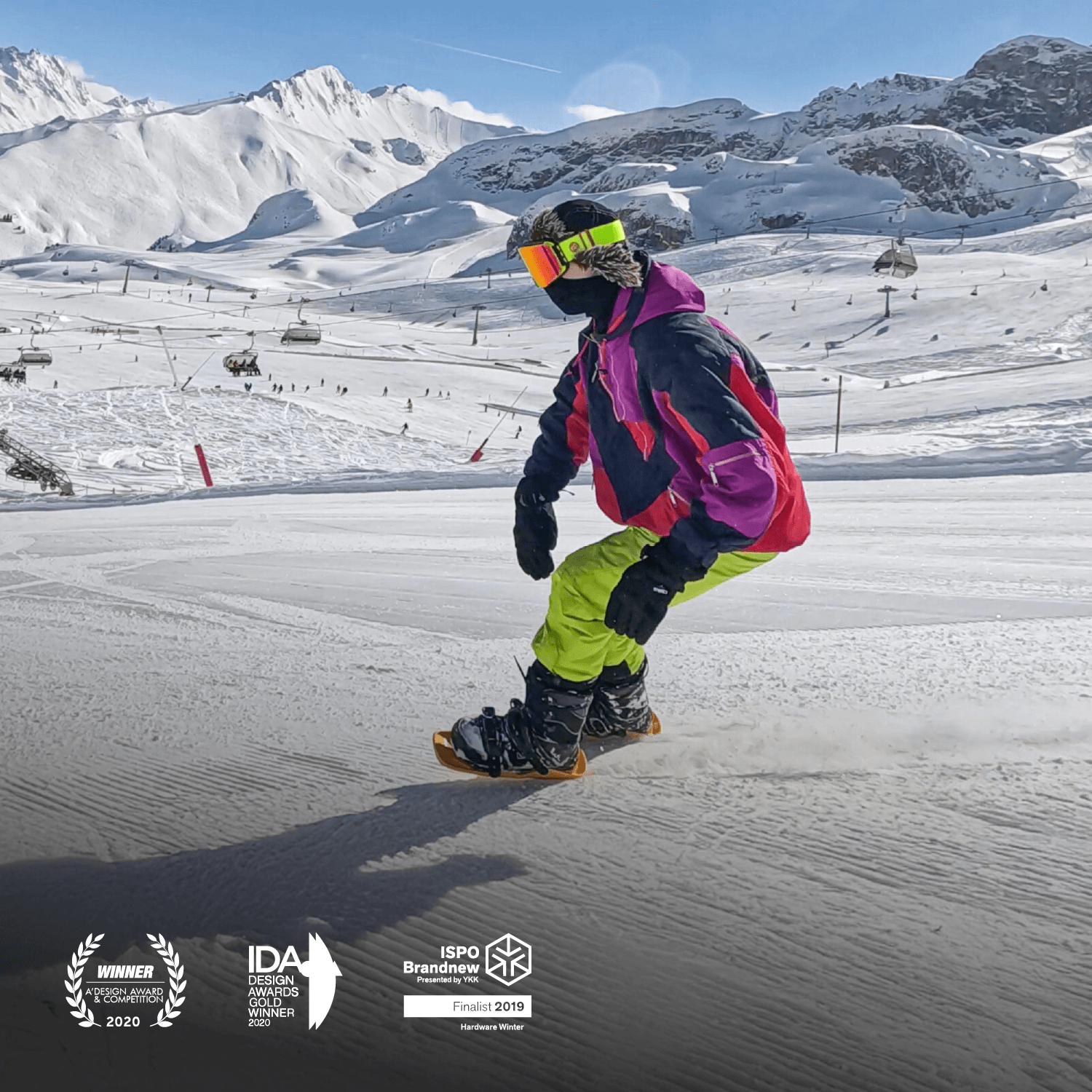




Leave a comment
This site is protected by hCaptcha and the hCaptcha Privacy Policy and Terms of Service apply.